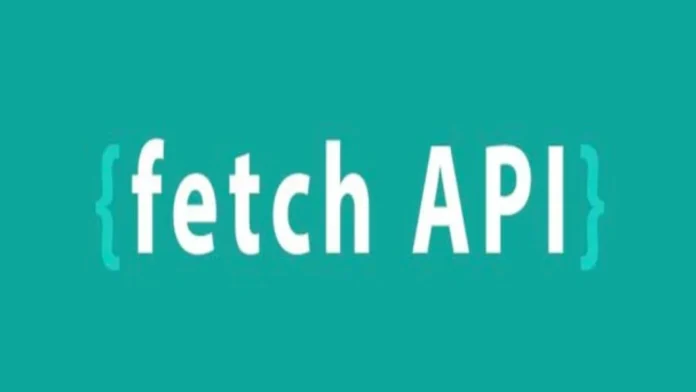React is one of the topmost programming languages for developing front-end applications and websites. While it has a steeper learning curve, React makes it easier for the developers to go from simple to complex project handling in a couple of weeks. It is also based on the class-object interaction concept, but here, the object groups are termed as components.
What is a React component?
One of the main functions of React is its reusability. It means you can use certain parts of the codebase to handle multiple software operations. If you face implementing the react components in your current application, I recommend hiring a react developer from www.bosctechlabs.com on a dedicated basis. This will help you focus more on your work by simply delivering your development work to their react team. These reusable programming snippets are termed React components and play major roles in function calls, performance, and so on. Two types of React components are there — functional and class.
Class component
In the class component, you need to create an inheritance with the parent library function of React. Component. In addition, you also need to use the render() function as it helps return the HTML value of the program bit defined using the component.
Let’s take an example to understand more about the class component.
| Class Car extends React.Component{render(){return <h2> Hi, I am a car! </h2>}} |
Here, Car is the class component, and whenever it is called in the entire React program, the render() function will display the h2 content on the website accordingly.
Function component
While the function component also returns the HTML code and can be called multiple times in the entire program, you don’t need to extend the React.Component class or use the render() function. This is why the functional component declaration is used the most.
Below is a brief example to learn about the available component declaration.
| export default function Car {return (<h2> Hi, I am a car! </h2>);} |
While render() is not used in this block, the function Car will return HTML values when being called during program execution.
Fetching components in React
When you handle complex and real-time projects on React, you need to deal with many datasets. These datasets are stored in external applications, also known as data warehouses or databases. So, you need to write the code differently or implement a new layer to fetch the data from the databases. This new component of the layer is termed API.
API acts as the mediator between the main codebase of React and the integrated database where all data pieces are stored. It consists of four main parts that you need to consider. These are:
- Method: It is pre-defined in the API platform and defines the action to be performed, like creating a new entity, fetching details, etc.
- URL: The URL consists of the application URL, a relative URI path, and the database information.
- Request: This is the input XML code sent to the backend and processed internally to handle the concerned function.
- Response: Once the request is processed, a new XML code will be generated, known as the response.
Data fetching with API in React
As we said earlier, React interacts with the database to ensure all datasets are fetched within the program to process different functionalities. While there are many different ways to extract the data, most developers use the API fetch method to do the same.
Ensure the process service code has the details of the table and columns from where the data needs to be fetched. You need to send a request as a valid URL through the React function. This URL will create a network connection and trigger the process service interacting with the database.
Once the data is identified from the table, it is returned to a new component in React in the form of a JSON request. As you will use the render() function, the response will be in an HTML format. There should be an additional statement in the React component that will convert this JSON request to a readable format and store the exact data in a concerned variable. You can easily call the component in the entire program multiple times based on when you need to get the data from the database for proceeding further.
Why is data fetching with API important for a new component with render()?
It becomes easier for the developers to work on preparing a program snippet where the render() function will create the component based on the values fetched through API. It not only automates the function but also helps maximise the speed and reduce compilation errors.
However, you must ensure the render() function is placed strategically within the program, and the newly created component is used properly to prevent any mistakes.
Conclusion
Most companies ask these types of questions when they React developers. This is one of the basic functions professionals are expected to perform, especially when the third-party database is integrated into the programming knowledge. Besides, API fetching ensures the new component created through render() is valid and can be called easily in different blocks of the entire program.










![Anso FG Reviews: UPDATED 2024 [ansofg.com] Anso FG Reviews UPDATED 2024 [ansofg.com]](/wp-content/uploads/2023/12/Anso-FG-Reviews-UPDATED-2024-ansofg.com_-100x70.png)







